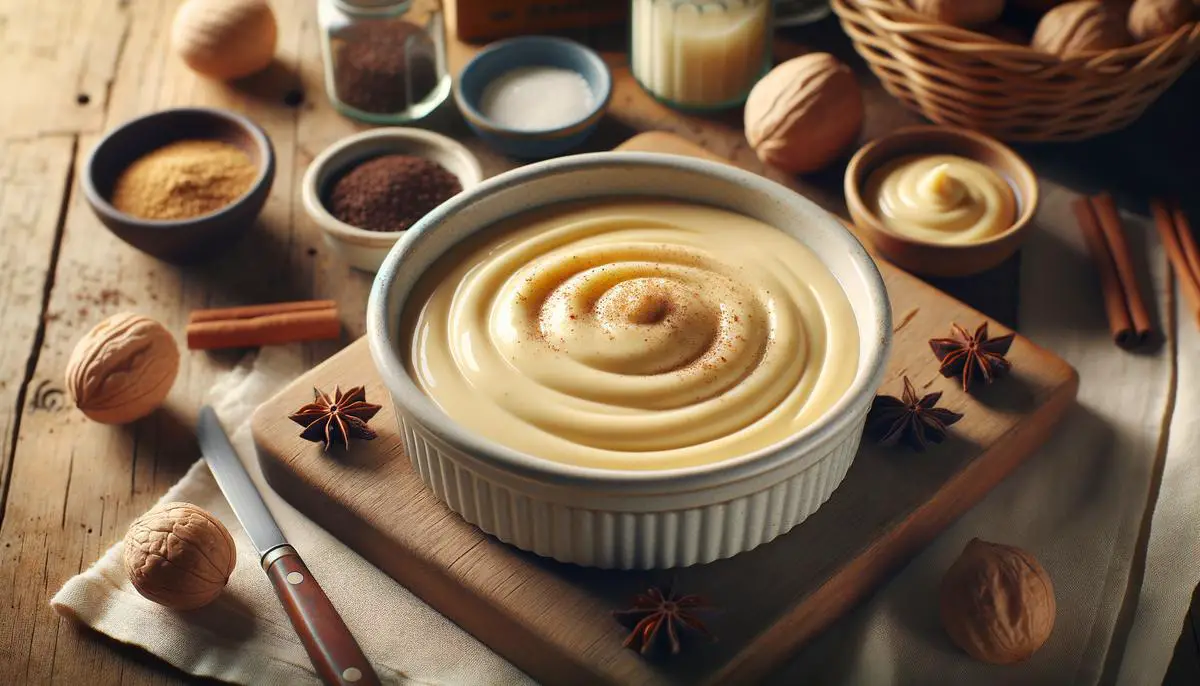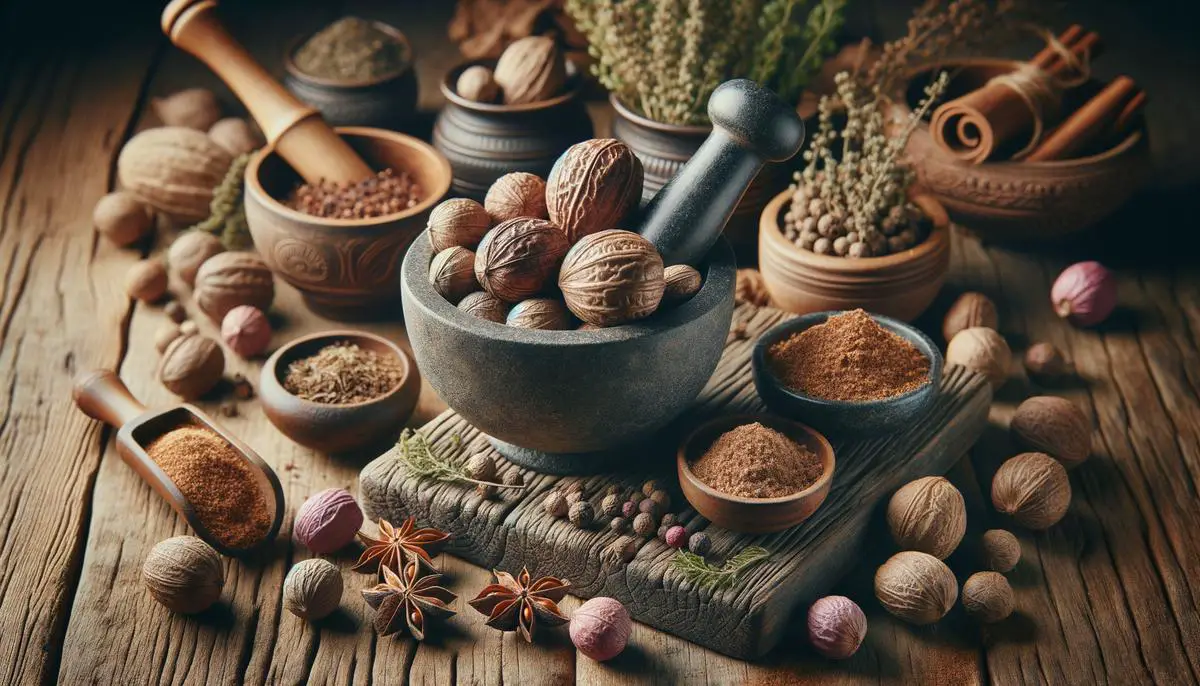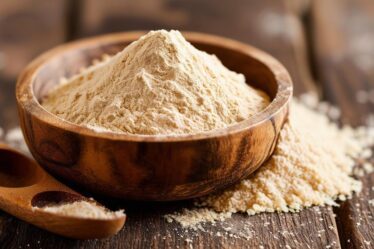
Nutmeg Culinary Uses
Nutmeg, a spice derived from the seed of the Myristica fragrans tree, holds a significant position in culinary traditions across the globe. Its journey from a highly coveted commodity, involved in centuries of colonial conflict, to a beloved ingredient in kitchens worldwide, is as rich and complex as its aroma and flavor. This warm, slightly sweet spice boasts a versatility that sees it enhance both savory and sweet dishes, adding depth and a touch of warmth to everything from creamy sauces and hearty stews to festive eggnog and baked goods.
The Myristica fragrans tree also offers us mace, the spice's pungent counterpart, derived from the aril encasing the nutmeg seed. This relationship between nutmeg and mace, each contributing its unique profile to various dishes, underscores the spice's culinary significance. Nutmeg's subtlety—with its ability to blend seamlessly into a dish, enhancing without overwhelming—makes it a staple in many cuisines.
A modest grating of nutmeg can transform a béchamel sauce, and its inclusion in spice blends like garam masala adds layers to a dish's flavor profile. Such versatility and depth of flavor establish nutmeg as more than just a seasonal delight—it's an essential component of our culinary lexicon, weaving its history, complexity, and warmth into the tapestry of global cuisine.

Health Benefits and Risks of Nutmeg
Exploring nutmeg's impact on health reveals a blend of intrigue and practical application centuries old. The Myristica fragrans tree's seed isn't just a culinary treasure; it also offers healthful benefits when used judiciously. Enriched with compounds such as pinene, camphene, and dipentene, nutmeg contains a modest array of essential oils that have found a place in traditional medicine1. Notably, nutmeg has been associated with digestive health, offering carminative effects that may ease digestive discomforts and gas2. This spice also plays a role in mental health; its mild psychoactive properties have influenced its use as a calming agent, helping alleviate anxiety and stress in smaller, controlled doses3.
However, the narrative shifts when examining nutmeg in larger quantities where its benefits diminish, revealing a potent side capable of causing discomfort or even more severe health reactions. Known for its psychoactive effects when overconsumed, nutmeg's excessive intake can lead to symptoms ranging from palpitations to convulsions, a truth that highlights the spice's dual nature in health—both beneficial and cautionary. This duality underscores the importance of moderation, transforming the nutmeg narrative from one of caution to a symbol of balance and well-being.
Nutmeg's health impact is thus a tale of contrast, where its enriching essence is best enjoyed in the subtlety of dashes and pinches, much like the spice itself enriches dishes with its nuanced flavors. As we savor nutmeg's aromatic warmth in our kitchens, its health effects invite a parallel appreciation—the spice as both a culinary joy and a nod to traditional remedies wrapped in the wisdom of moderation.

In essence, nutmeg embodies the delicate balance between flavor enhancement in culinary arts and its role in traditional health remedies. Its ability to add depth with just a pinch not only elevates dishes but also invites us to appreciate the subtleties of moderation in both cooking and consumption for well-being. As we integrate nutmeg into our recipes, let us savor its aromatic warmth as a testament to its enduring appeal across cultures and generations.

- Abourashed EA, El-Alfy AT. Chemical diversity and pharmacological significance of the secondary metabolites of nutmeg (Myristica fragrans Houtt.). Phytochem Rev. 2016;15(6):1035-1056.
- Grover JK, Khandkar S, Vats V, Dhunnoo Y, Das D. Pharmacological studies on Myristica fragrans–antidiarrheal, hypnotic, analgesic and hemodynamic (blood pressure) parameters. Methods Find Exp Clin Pharmacol. 2002;24(10):675-680.
- Leiter E, Hitchcock G, Godwin S, et al. Evaluation of the anxiolytic properties of myristicin, a component of nutmeg, in the male Sprague-Dawley rat. AANA J. 2011;79(2):109-114.



